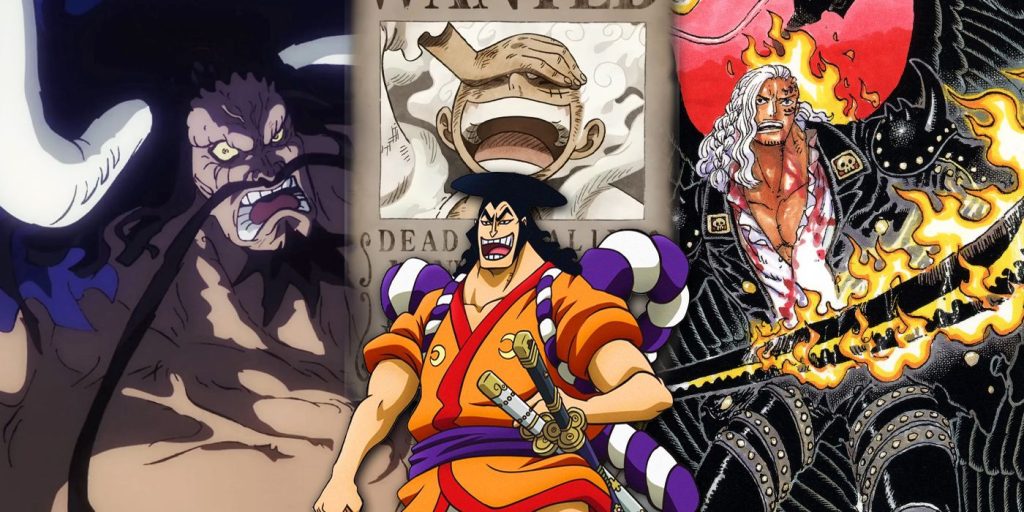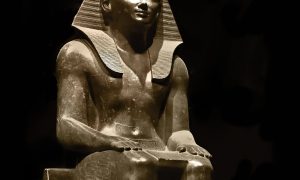While both the manga and anime versions of One Piece are famously long, these two versions of the story have some noteworthy differences aside from the One Piece anime’s usage of filler episodes. Adapting a manga series into anime has quite an impact on any franchise, even if the anime doesn’t follow any major details from the manga, and this is evident with One Piece‘s juggernaut Wano story arc.
The anime version of the Wano story arc helped soften the blow of this arc’s inherent problems, which allowed the anime of One Piece to “save” the manga’s version of the Wano arc without making substantial changes. It’s a good example of the impressive power anime has to make a manga more appealing, while also serving as commentary on how necessarily bloated the story of One Piece had become by the time the Wano arc launched.
Anime Can Enhance What’s Already Good About Manga
Anime Can’t Turn a Bad Story Good, However
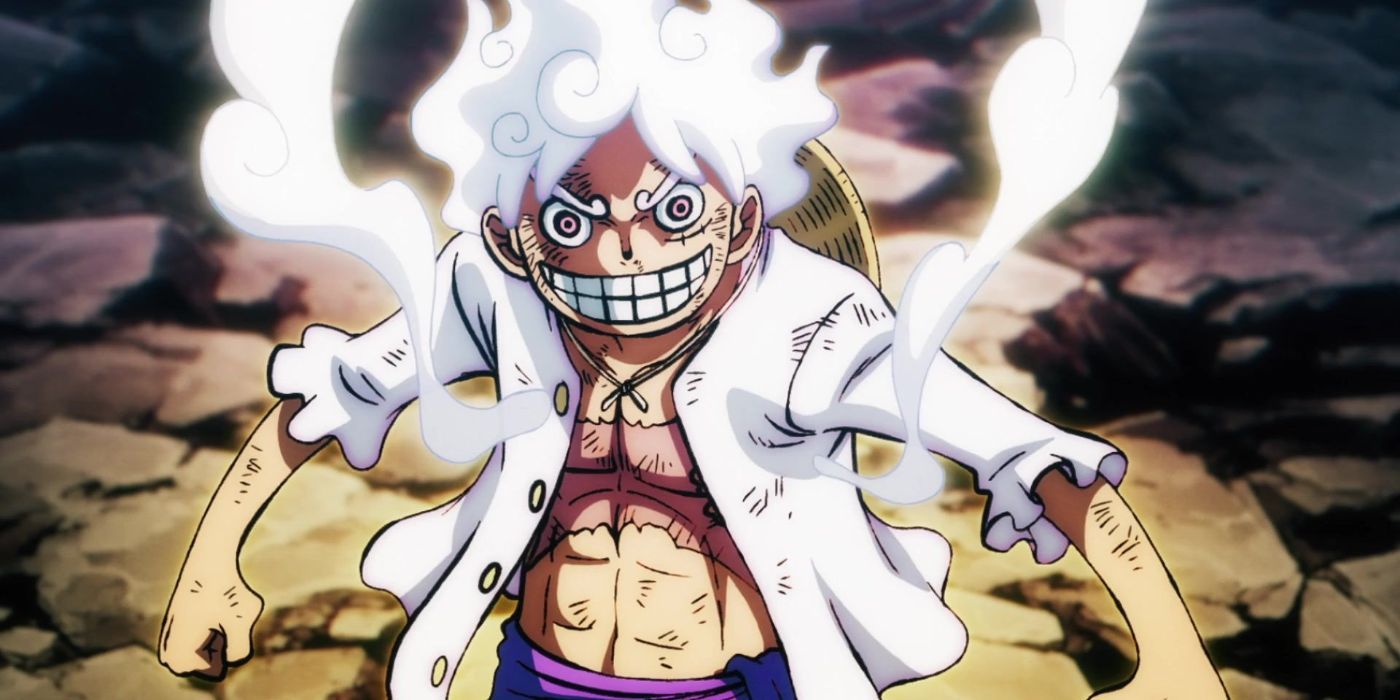
For many franchises such as One Piece and its competitors, there is an intriguing back-and-forth between manga and anime, with neither being inherently “better,” even if anime tends to be more mainstream and manga tends to be the original, most definitive version of a story. Consumers will have their own preferences, with anime lovers not bothering to read manga and manga collectors dismissing anime as a mere retread of what they’ve already seen.
Still, there is no denying how, in some cases, an anime may definitely save or ruin a story arc or even an entire franchise. That can manifest in many ways, from an anime censoring too much material or omitting entire scenes from the manga, all the way to an anime adding scenes that the manga author never had time to include in their works. Bleach did the latter in its Thousand-Year Blood War story arc, to name one example.
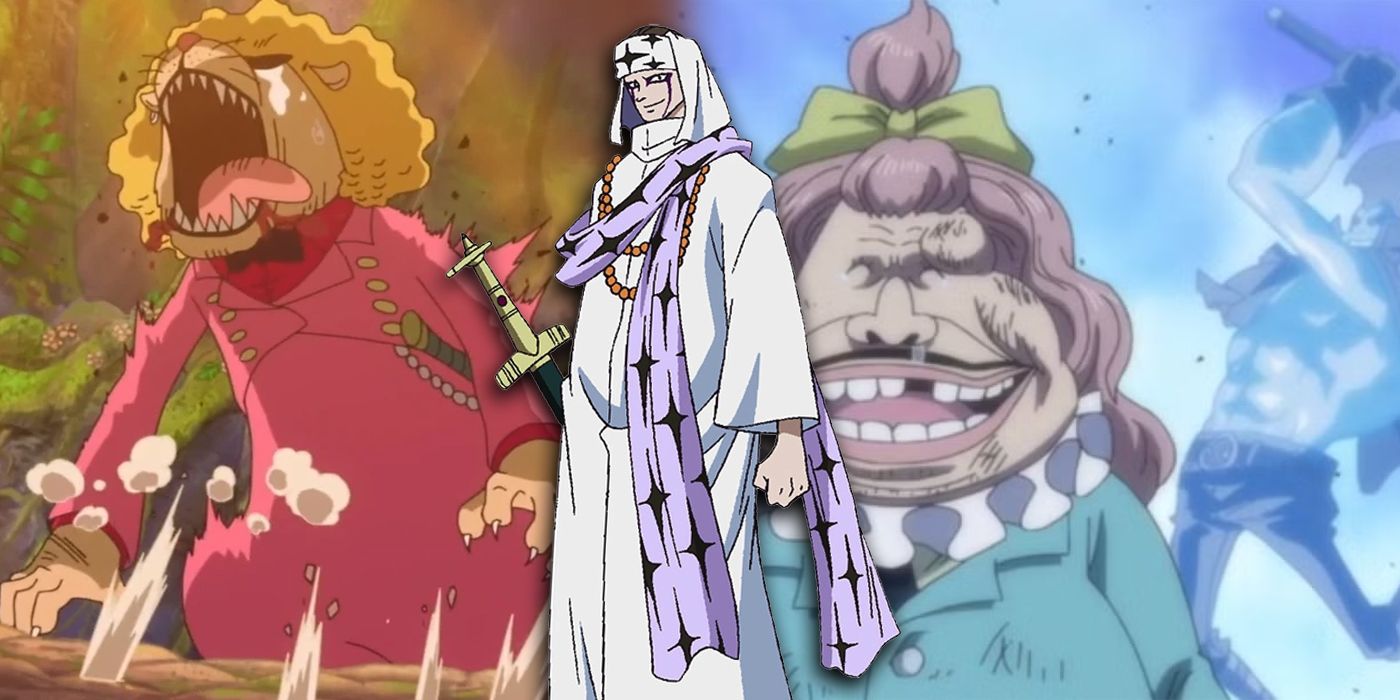
Related
One Piece’s Biggest Controversy Emerged 24 Years Ago, & It’s Still a Problem
One Piece’s infamous fake-out deaths started 24 years ago, and it remains a prevalent issue today.
It’s true some anime adaptations did a poor job bringing a manga to life, such as the ill-fated 2016 Berserk anime, but in other cases, the opposite may be true, and such cases are almost always smash hits. That might happen either with the anime enhancing a particular arc, as is the case with One Piece‘s Wano arc, or the entire franchise, which can turn a middling manga into a global sensation in the anime industry.
A major example of the latter is Demon Slayer, with Koyoharu Gotouge’s manga having decent sales until Studio UFOtable’s breathtaking anime took the anime world by storm and made Demon Slayer one of the best-selling manga ever, despite its youth and short runtime. Something similar could be said about Jujutsu Kaisen thanks to studio MAPPA’s electrifying anime.
An entire manga series might be catapulted from semi-obscurity or mediocre sales into super stardom thanks to anime, but the benefits of anime aren’t always so comprehensive, nor do they have to be.
When a franchise has the length and enduring popularity of One Piece, the benefits of the anime adaptation are more limited, but that is not a problem or disappointment by any means. One Piece didn’t exactly need an anime to “save” it, though it still reaped some benefits, from reaching out to non-manga consumers all the way to having certain arcs enhanced by stunning animation work, in this case by Toei Animation.
The Wano Story Arc Became More Palatable in the One Piece Anime
Unprecdented Detail & Fluid Animation From Toei Animation Helped Save the Wano Arc
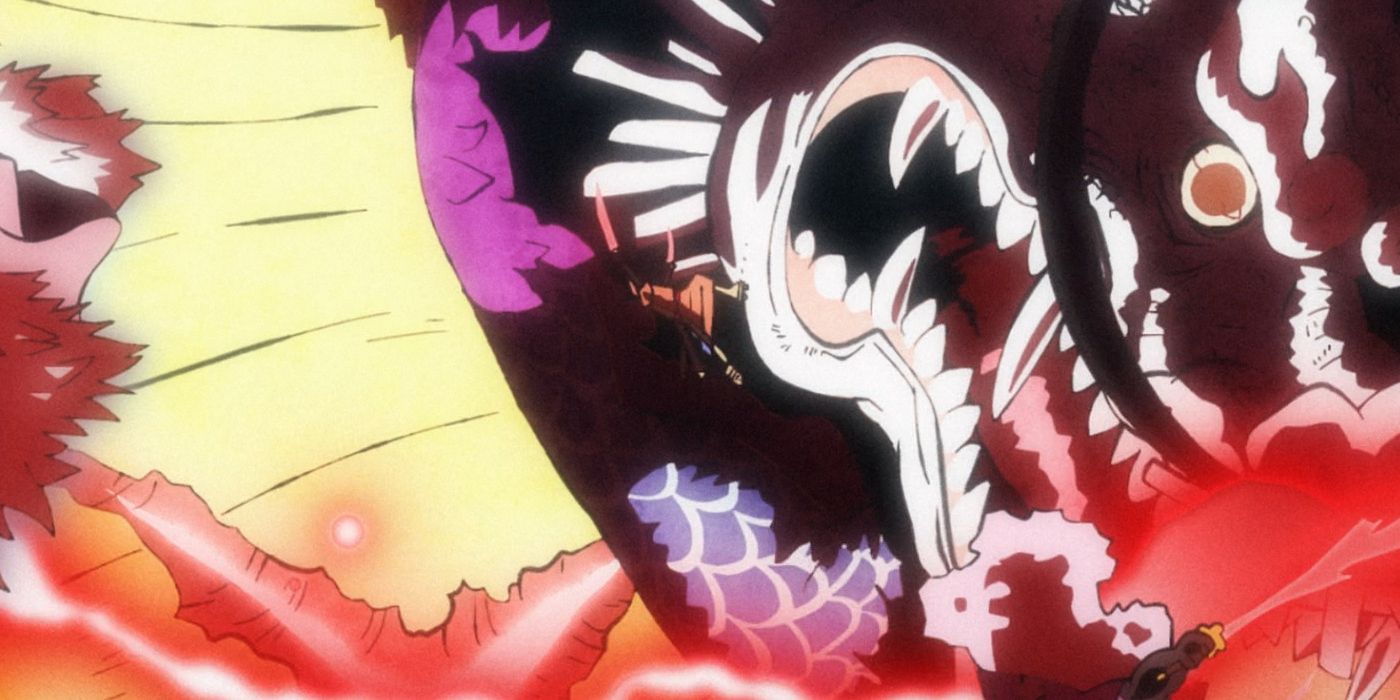
The problems of the Wano arc in One Piece‘s manga were not a dealbreaker and certainly didn’t threaten to tank the entire franchise, but those issues did prove how even a seemingly untouchable juggernaut like One Piece may struggle sometimes. The problem with Wano was simple: its pacing was starting to frustrate some fans. The necessity of that slow, methodical pacing is an entire topic in itself, but the end result is fans were starting to drop out as the Wano arc dragged on with almost 150 chapters to its name. That was when the anime version of One Piece softened the blow of the Wano arc’s torturous pacing with its stellar animation, giving longtime anime fans something incredible to look at while partially distracting them from the arc’s inherent flaws.
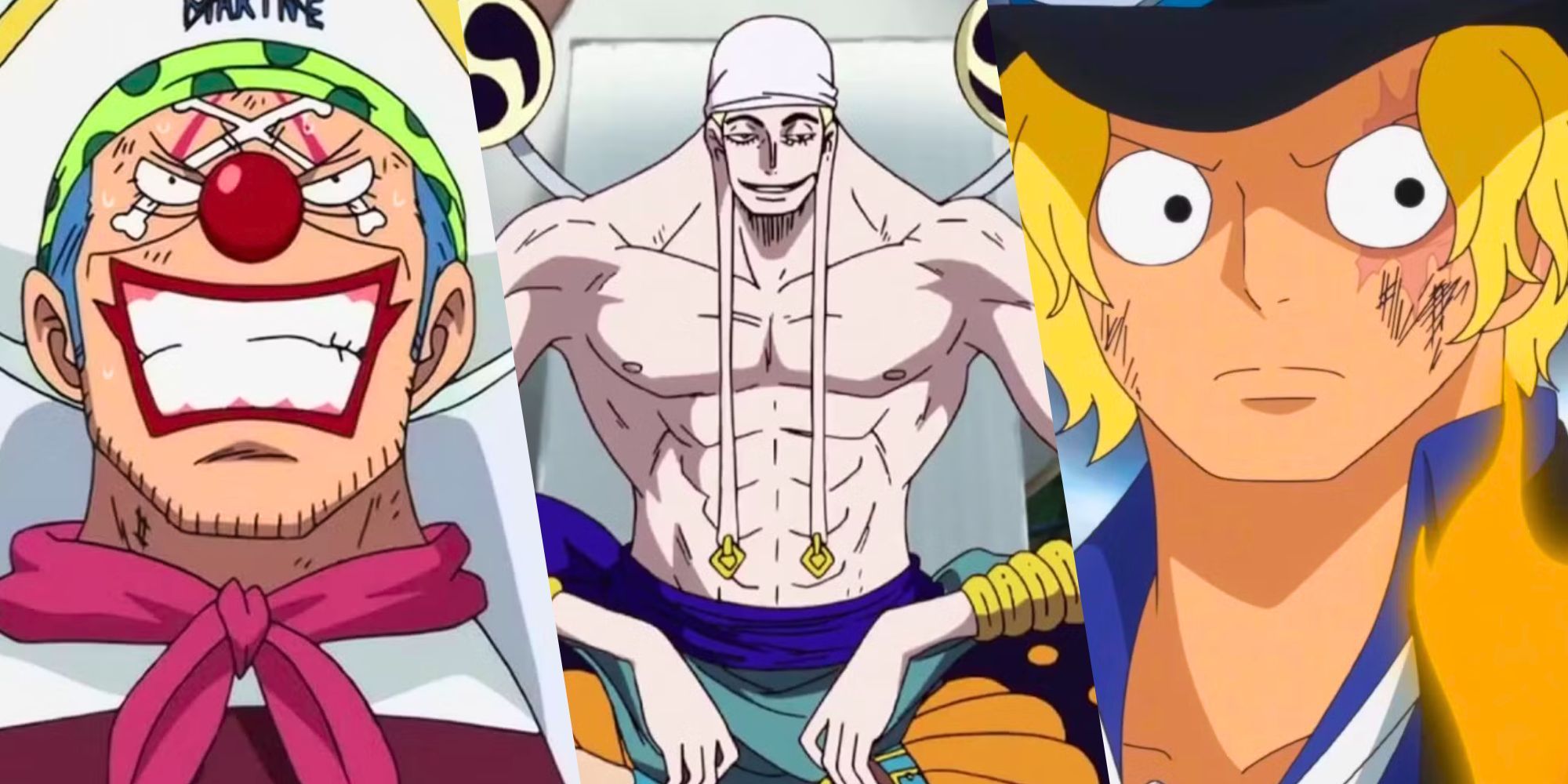
Related
10 Things About the One Piece Franchise That Only Make Sense to Manga Readers
Between important events that haven’t been animated yet and moment the anime has just skipped, there’s a lot that One Piece anime fans don’t know.
This particular case helps prove something that’s inherent to the link between manga and anime: great animation can enhance a good manga to make it even better, but it cannot turn a bad story good. Instead, good animation will simply sharpen a manga’s story with excellent visuals and great sound design, but if the original manga is broken with unforgivable problems, then no coat of paint with anime will make it functional again.
In other media, it’s possible to save a bad work with a good adaptation, such as a great movie based on an iffy book, but that calls for drastic changes that anime is generally not “supposed” to do. Turning a bad book into a good movie may call for a partial or total reboot of the original material or at least some serious reworking, but no one would allow the One Piece anime to do something so radical.
That is why it’s essential how the manga version of Wano, despite having pacing that tested the patience of even the most devoted fans, still had many other perks. The manga’s content had plenty of high-quality characters, story arcs, themes, plot points, and battles to reward fans for their patience, and the anime version of One Piece added another reward: the excellent animation and sound design.
The Wano arc isn’t bad — it’s an otherwise outstanding shonen manga story arc held back somewhat by sluggish pacing, while still having many other things to offer. However, the manga’s art can never move or make sounds, no matter its quality, so that’s where the anime comes in. As a side point, anime fans are almost spoiled with the likes of Jujusu Kaisen‘s and Demon Slayer‘s anime adaptations floating around, so having One Piece follow their example with A+ animation in the Wano arc was the least it could do.
Why One Piece’s Newer Arcs Need to Be So Long
One Piece Is Now Too Big for Brisk, Self-Contained Adventures
Whether One Piece is consumed in manga or anime form, one major factor remains the same in the core experience: the franchise has slow, deliberate pacing out of necessity. Pacing like the Wano arc’s pacing is both a positive and negative consequence of the very nature of One Piece, and there is no going back. Ever since the two-year time skip concluded, the story of One Piece has only gotten bigger and bigger, layering countless characters, narrative threads, and locations atop one another in a process that can’t reverse itself. The franchise started small with sort, straightforward, and largely self-contained adventures back in the East Blue, but that is the distant past, and everything is bigger and interconnected now.
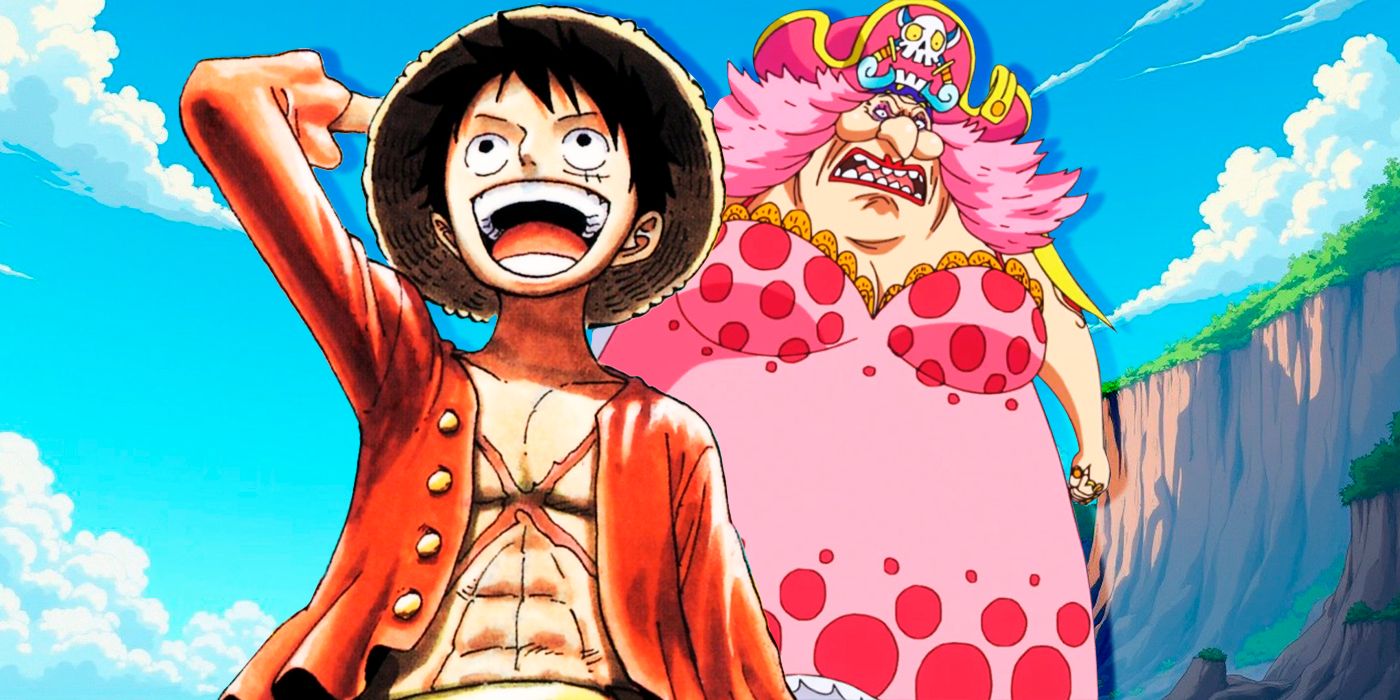
Related
One Piece is Dragging Out the Tension & It’s Ruining the Series
One Piece has always struggled with its pace, and that is still an issue in recent arcs. While the story they tell is good, it’s being dragged out.
For the most part, that is a strength on One Piece‘s part, having not just a vast quantity of content for consumers to enjoy, but also ever-richer context for everything that’s happening in a living, interconnected world. Not all characters drop out of the narrative when their native story arc is over — they may appear again either in person or in flashback sequences to continue impacting the story, with the examples being too numerous to name. Few other shonen manga/anime franchises could even attempt to do this, let alone do it this well, so it’s critical for One Piece to keep flexing its unique strength and maintain its momentum to the end. That forces arcs like Wano to pay the price with patience-testing pacing, but there’s no way around it.
Even the most annoyed One Piece fans may agree that the slow pacing of arcs like Wano is a necessary evil so One Piece can remain strong in the long run with its enormous narrative, juggling countless plot threads and characters in each arc. Even fans who can forgive the slow, deliberate pacing in the New World adventures may say the pacing is slower than they would like, but if they remain committed to the franchise, their patience will be rewarded not just with incredible new plot beats, but also stellar animation in the anime. Fans who dropped the One Piece anime’s Wano arc are missing out on the excellent animation of the final battle for Onigashima Island, including fights like Roronoa Zoro vs King the Conflagration and most of all, Luffy using Gear 5’s shonen transformation to defeat Kaido. That’s a spectacle all anime fans are encouraged to stick around and see.
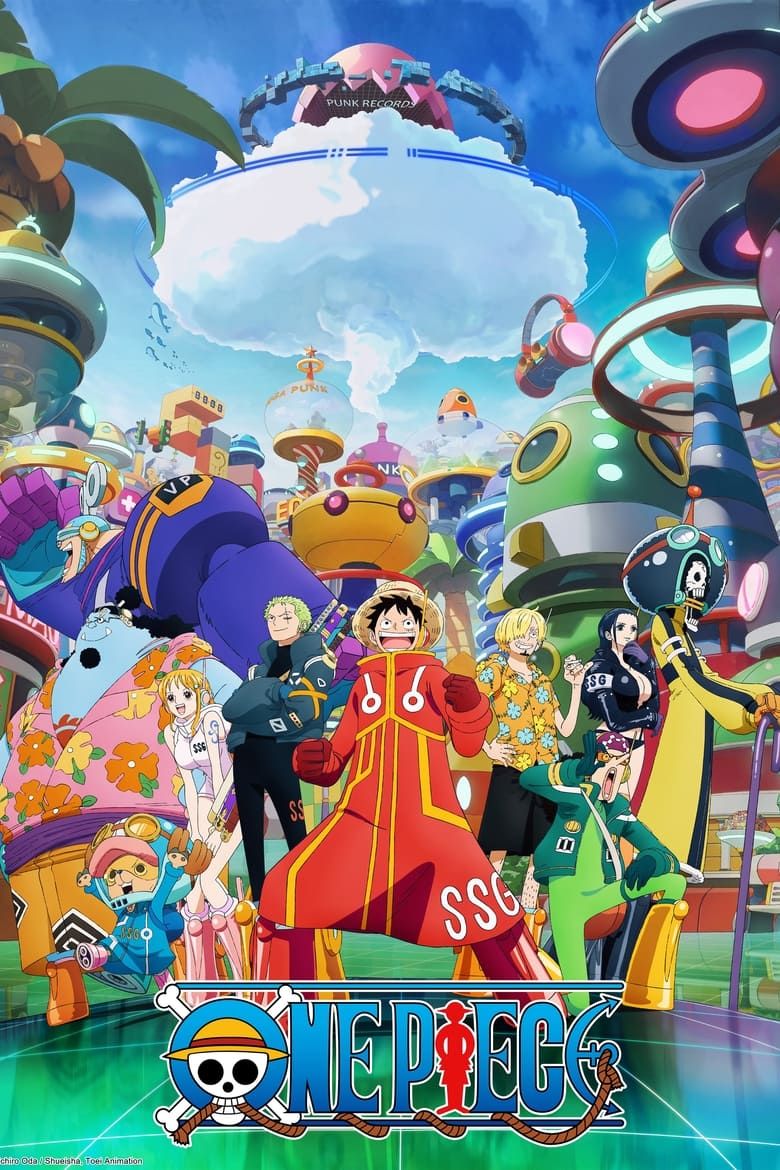
One Piece
- Release Date
-
October 20, 1999
- Network
-
Fuji TV
- Directors
-
Hiroaki Miyamoto, Konosuke Uda, Junji Shimizu, Satoshi Itō, Munehisa Sakai, Katsumi Tokoro, Yutaka Nakajima, Yoshihiro Ueda, Kenichi Takeshita, Yoko Ikeda, Ryota Nakamura, Hiroyuki Kakudou, Takahiro Imamura, Toshihiro Maeya, Yûji Endô, Nozomu Shishido, Hidehiko Kadota, Sumio Watanabe, Harume Kosaka, Yasuhiro Tanabe, Yukihiko Nakao, Keisuke Onishi, Junichi Fujise, Hiroyuki Satou
-

Mayumi Tanaka
Monkey D. Luffy (voice)
-

Kazuya Nakai
Roronoa Zoro (voice)



